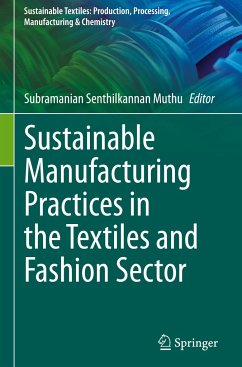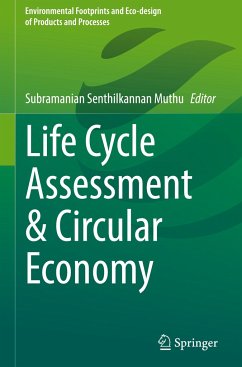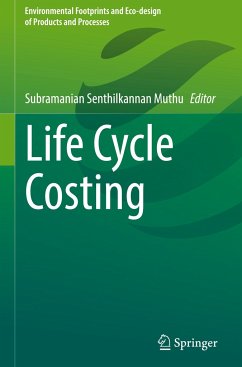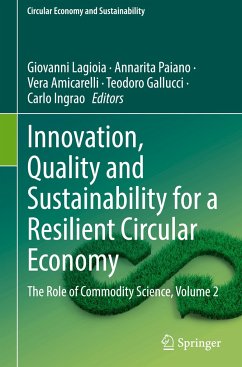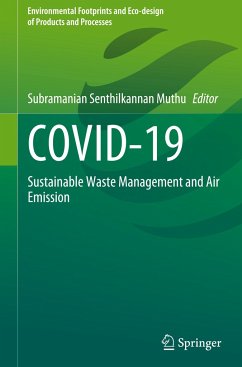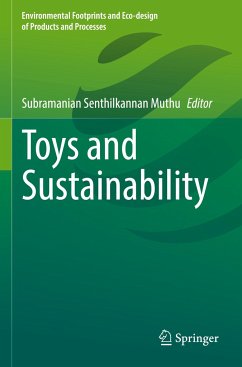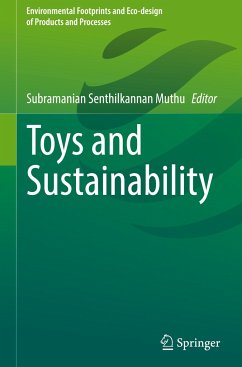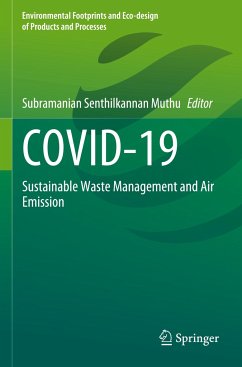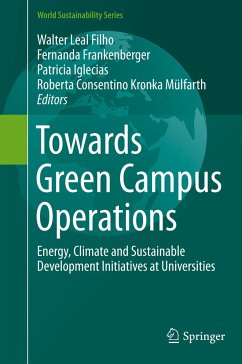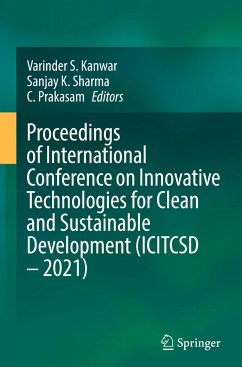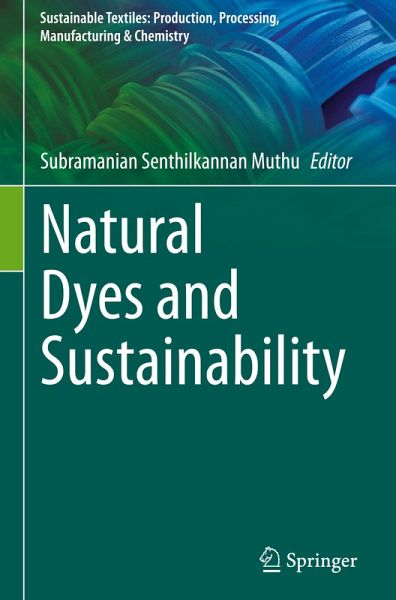
Natural Dyes and Sustainability

PAYBACK Punkte
53 °P sammeln!
Natural dyes offer a time-tested and generally more sustainable alternative to synthetic dyes in the textile industry. The issues surrounding synthetic dyes are well-known, and in the literature it is generally accepted that natural dyes have a smaller environmental impact. However, even natural dyes have issues that must be dealt with in order to ensure sustainability in the industry. For example, the mordants needed to improve the dyeing process may release hazardous heavy metal pollutants when used. This book is dedicated to exploring cases such as this that illustrate the benefits and draw...
Natural dyes offer a time-tested and generally more sustainable alternative to synthetic dyes in the textile industry. The issues surrounding synthetic dyes are well-known, and in the literature it is generally accepted that natural dyes have a smaller environmental impact. However, even natural dyes have issues that must be dealt with in order to ensure sustainability in the industry. For example, the mordants needed to improve the dyeing process may release hazardous heavy metal pollutants when used. This book is dedicated to exploring cases such as this that illustrate the benefits and drawbacks to natural dyes and steps that must be taken for their sustainable use in the textile industry.



